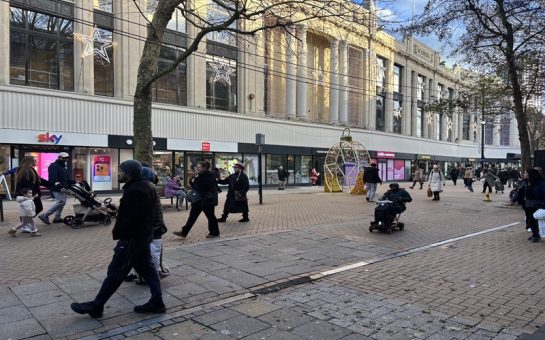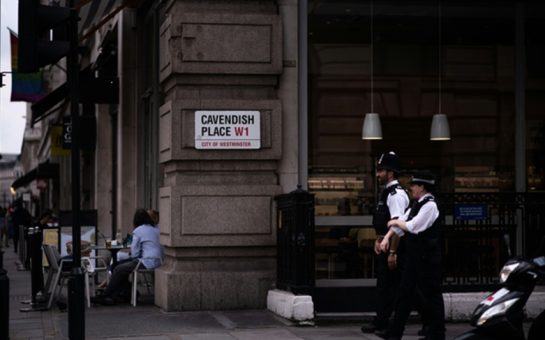Recent figures show the number of knife crime victims under 25 in London has decreased, but South London charities say there’s more work to be done in the fight against youth violence.
Research published by the Greater London Authority’s City Intelligence Unit (CIU) shows that poverty, inequality, high unemployment, school exclusions, poor mental health and a lack of youth services are linked to increased rates of serious violence.
The latest figures show that the overall number of knife crime victims under 25 is down by 39% compared to 2019, and by 31% compared to 2018.
However, anti-violence charities in South London emphasised that the rate of violence in deprived areas continues to be a huge problem.
Tom Hodge, project manager at Croydon-based charity Lives Not Knives (LNK), said: “I don’t want to get carried away with those figures, to be honest with you.
“It’s a positive thing that we’re going in the right direction, there’s still a long way to go.
“If you went out onto the street in the areas that are most affected by knife crime, and you asked someone on the street do they feel safe, or do they think knife crime is improving, I’d be very surprised if you got a yes.”
The data shows offenders and victims of violence are significantly more likely to be male. For example, 90% of homicide victims aged 1-24 were male.
Kamika Nathan, project lead at Brixton anti-violence charity Christian International Peace Service (CHIPS), believes that policy needs to be trauma-informed in order to help boys and young men.
She said: “I definitely think it’s about being trauma-informed.
“Society hasn’t made it easy for the male to be vulnerable with his feelings, so they hold all of that. And then sometimes this is the result.”
Both Hodge and Nathan stressed that prevention is key, with services for young children being vital in curbing youth violence.
Hodge said: “We’ve come to realise that knife crime is an issue that will only ever be manageable if we start working on basically nipping these kinds of issues in the bud as soon as possible.”
Nathan added: “It’s about providing activities, accessible activities, affordable activities. And being more child-led as well.
“For the older age groups, like 16-plus, jobs. Definitely employment opportunities.”
Mayor of London Sadiq Khan recently pledged to support almost 100,000 more young Londoners over the next 12 months.
City Hall and London’s Violence Reduction Unit will deliver this package of measures.
In particular, he said he aims to help young Black Londoners, as violence disproportionately impacts this group. For example, Black teenage boys are six times more likely to be killed by violence than white boys in London.
Explaining his aims in a recent speech at the Black Prince Trust, he said: “Proactively tackle the structural barriers and racial inequality that Black Londoners face – from housing and poverty to education and the workplace”.
Khan added: “My main message today is not one of despair, rather a message of determination that we are redoubling our efforts to reduce violence as we recover from the pandemic.
“Any sensible society understands that it’s in our own interest to remove the conditions that allow criminality to thrive. To provide positive opportunities for young Londoners who could otherwise be vulnerable to exploitation.”



